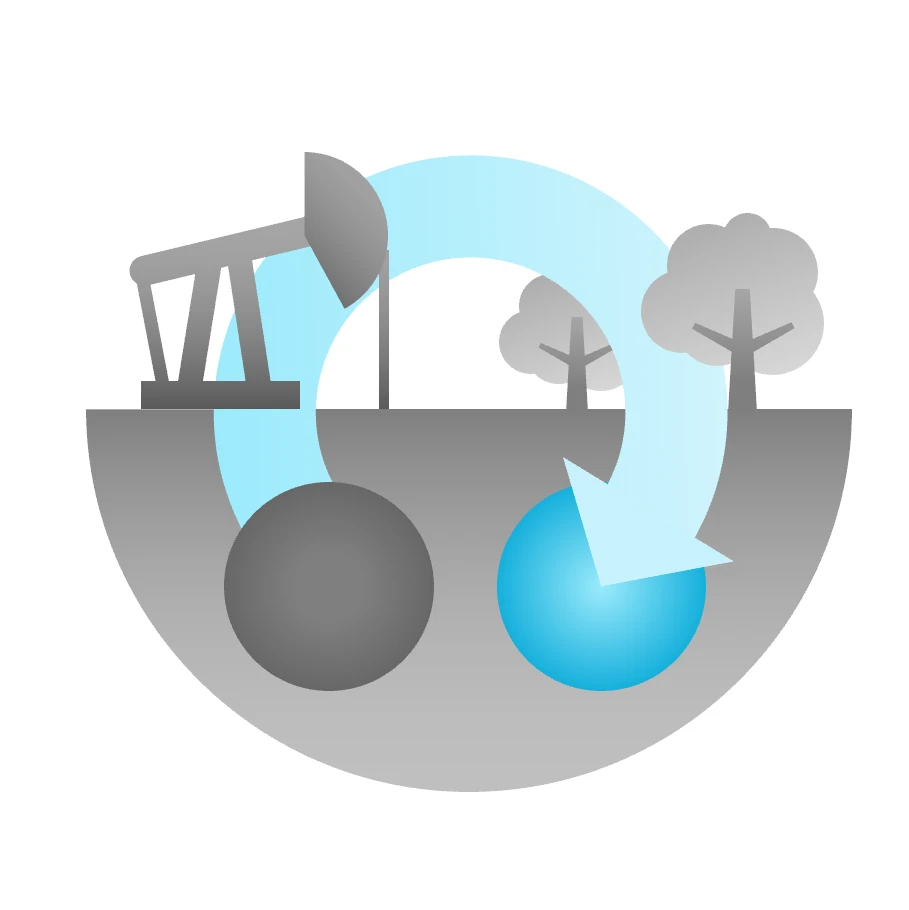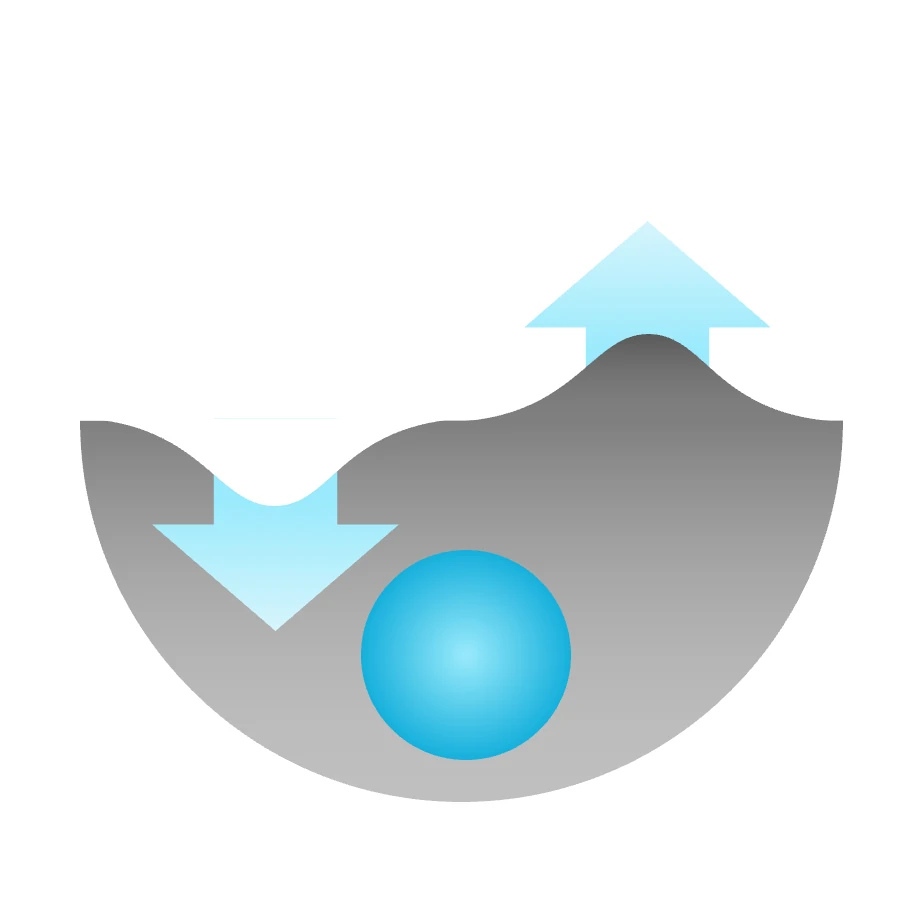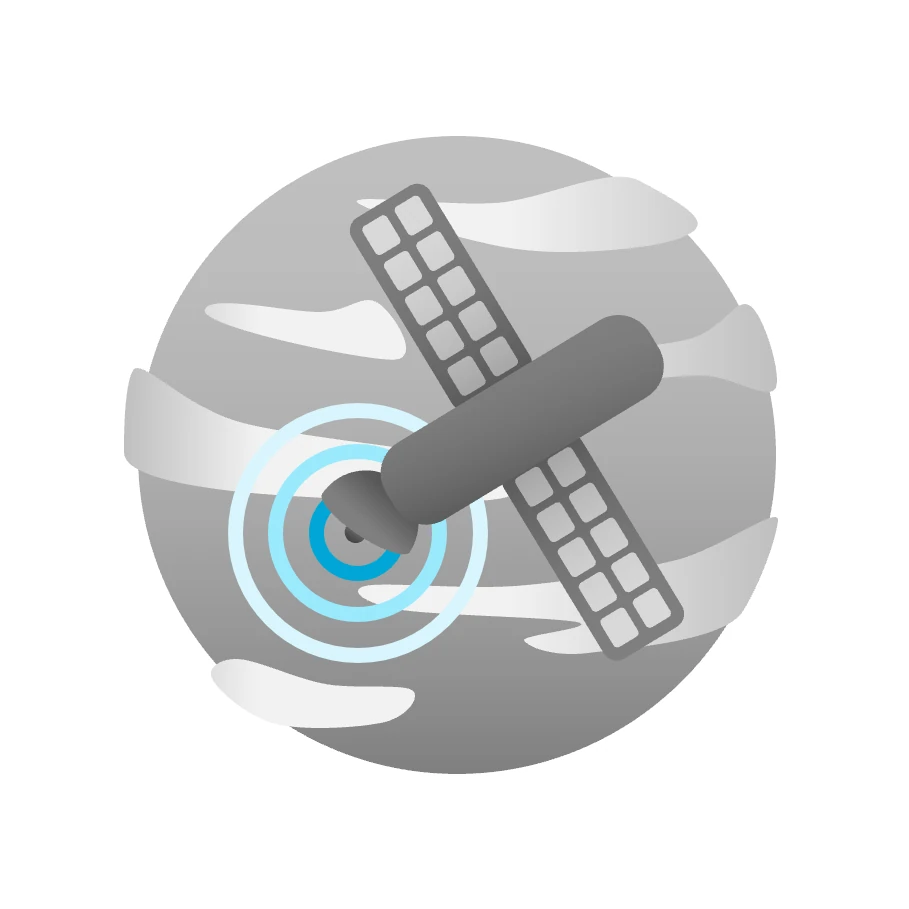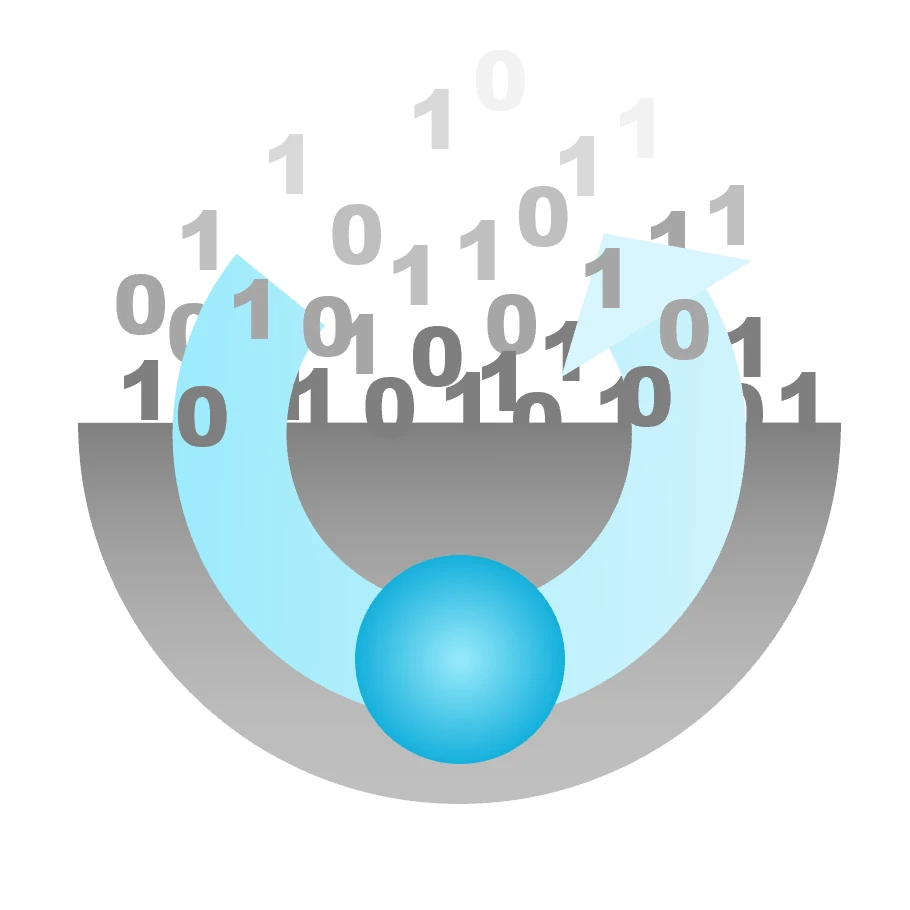Our Research
The reserach in our section falls into three categories: Geo-Energy, Geo-environmental Protection, and Computational Geosciences.
Geo-Energy
Our research on geo-energy explores methods to harness Earth's geothermal energy, advances the storage of liquid hydrogen in the subsurface, and studies the carbon footprint.
Geo-Environmental Protection
Industrial operations and anthopogenic interventions carry risks. Our research explores techniques to mitigate the impact of fossil fuel consumption, and analyzes the consequences of subsurface operations to reduce their future impact.
Computational Geoscience
The subsurface is mostly out of reach and out of sight. To rigorously analyse and predict the impact of subsurface operations, we advance research in data assimilation, optimization and control theory, and numerical simulation.
Our Publications
Below, you can access a list of our section's most recent publications.
- Lifei Yan, Rustam Niftaliyev, Denis Voskov, Rouhi Farajzadeh, (2025), Dynamics of salt precipitation at pore scale during CO2 subsurface storage in saline aquifer, In Journal of Colloid and Interface Science Volume 678 p.419-430.
- S. Shokrollahzadeh Behbahani, Embedded analytical-numerical simulation of fault reactivation in heterogeneous subsurface formations: Inspired by the issue of induced seismicity in the Groningen field
- Hamed Ali Diab-Montero, Andreas Størksen Stordal, Peter Jan van Leeuwen, Femke C. Vossepoel, Ensemble Kalman, Adaptive Gaussian Mixture, and Particle Flow Filters for Optimized Earthquake Forecasting
- H.A. Diab Montero, Ensemble data assimilation methods for estimating fault slip and future earthquake occurrences
- C. P. Marsman, F. C. Vossepoel, Y. Van Dinther, R. Govers, (2024), Estimating geodynamic model parameters from geodetic observations using a particle method, In Geophysical Journal International Volume 236 p.1183-1205.
- Boyukagha Baghirov, Denis Voskov, Rouhi Farajzadeh, (2024), Exergetic efficiency and CO2 intensity of hydrogen supply chain including underground storage, In Energy Conversion and Management: X Volume 24.
- H.S.H. Alkharraa, Experimental investigation of microscopic CO₂ injection for enhanced oil recovery in tight reservoirs
- Faezeh Shirmohammadi, Deyan Draganov, Aukje Veltmeijer, Milad Naderloo, Auke Barnhoorn, (2024), Feasibility of reservoir monitoring in the Groningen gas field using ghost reflections from seismic interferometry, In Geophysical Journal International Volume 237 p.1018-1029.
- Mahnaz Aghajanloo, Lifei Yan, Steffen Berg, Denis Voskov, Rouhi Farajzadeh, (2024), Impact of CO<sub>2</sub> hydrates on injectivity during CO<sub>2</sub> storage in depleted gas fields: A literature review, In Gas Science and Engineering Volume 123.
- Mahnaz Aghajanloo, Sadegh M. Taghinejad, Denis Voskov, Rouhi Farajzadeh, (2024), Influence of water saturation and water memory on CO2 hydrate formation/dissociation in porous media under flowing condition, In Chemical Engineering Journal Volume 492.








